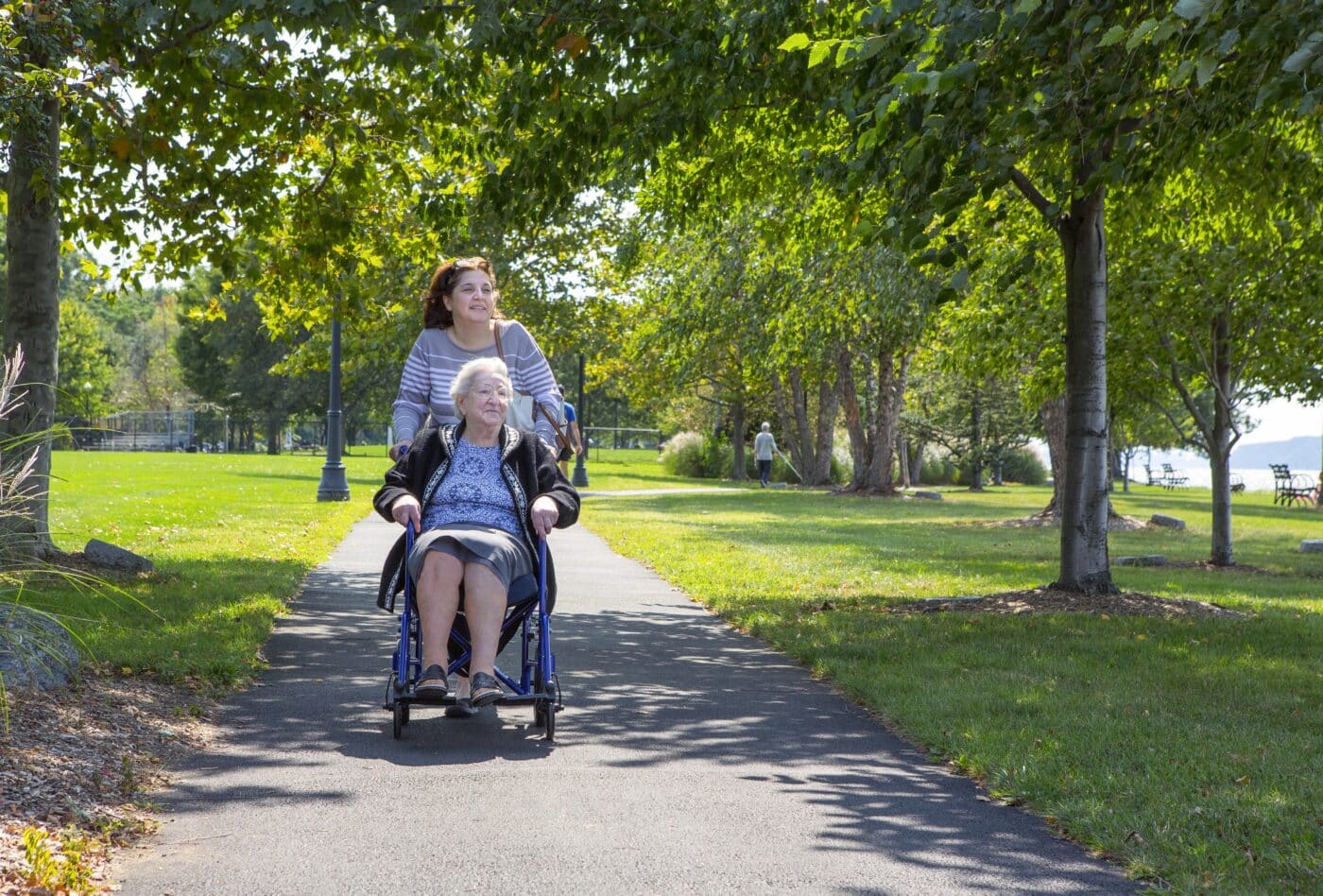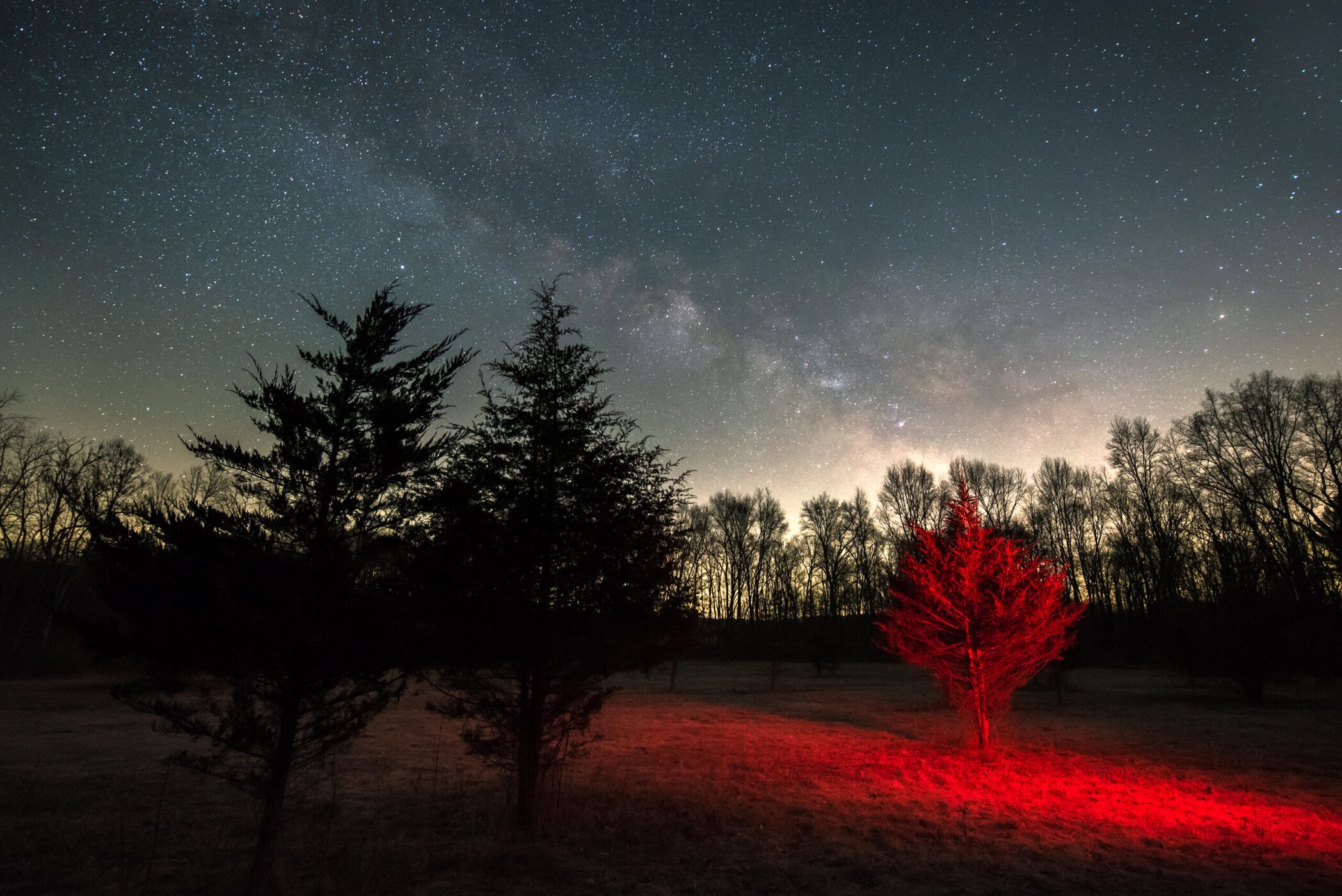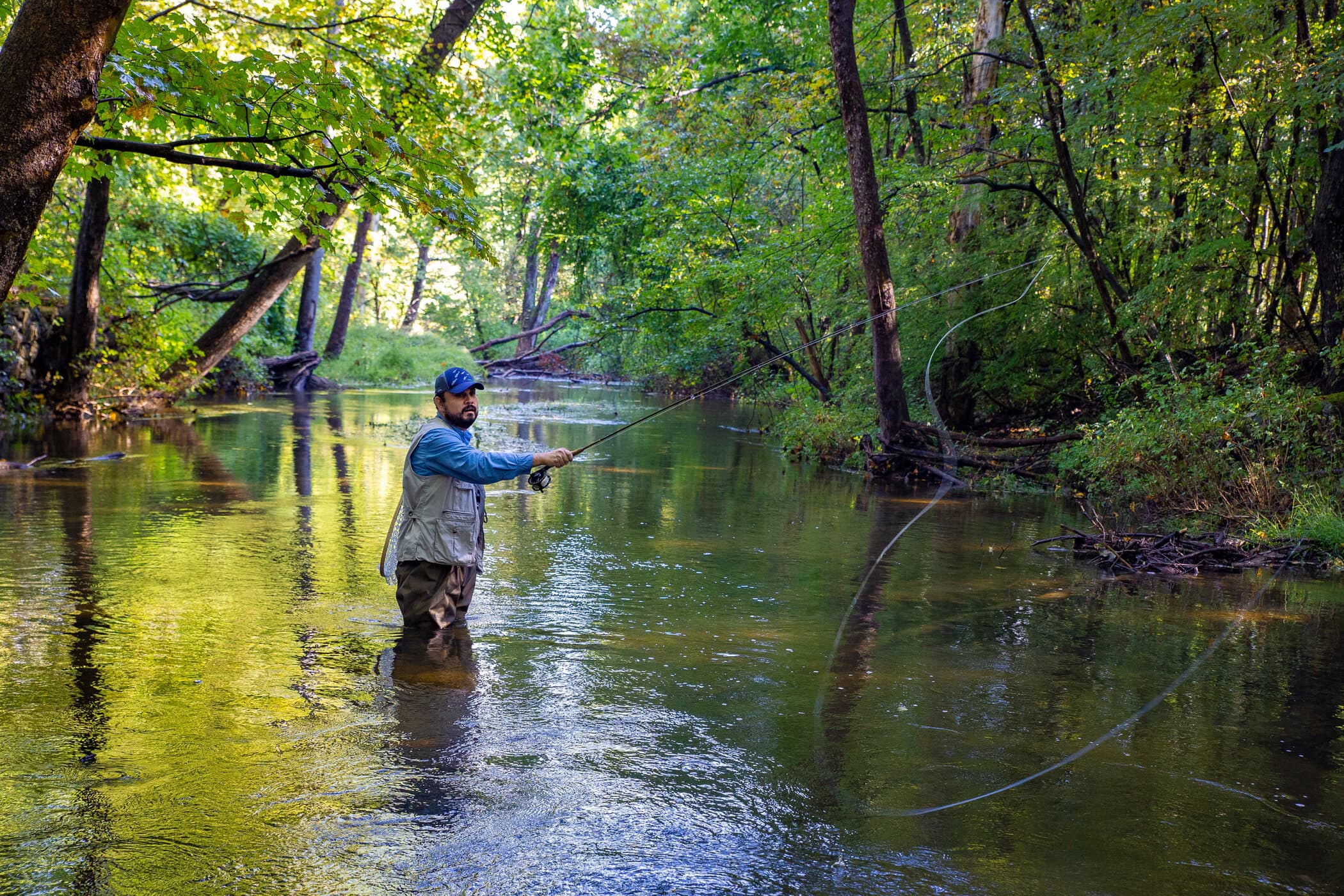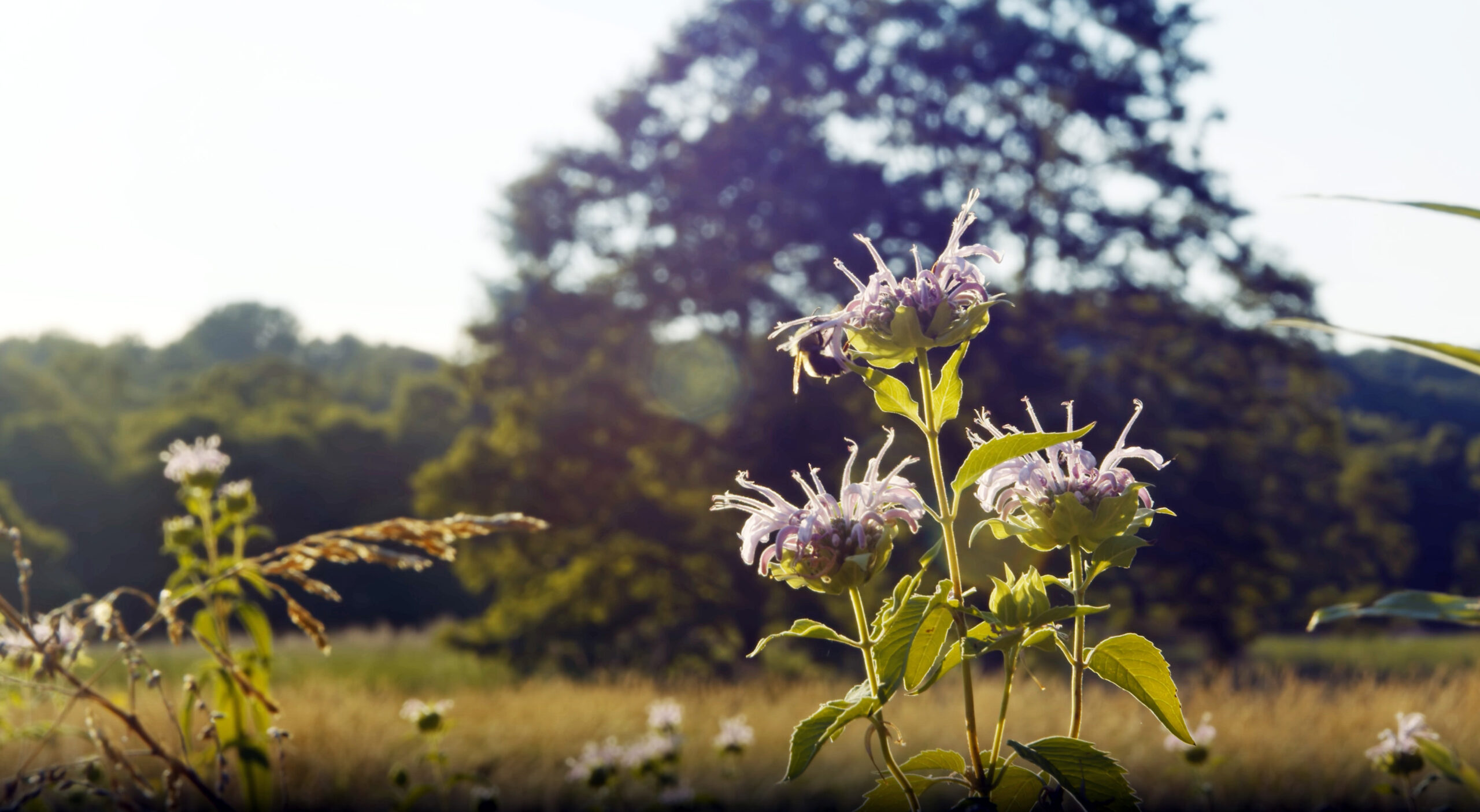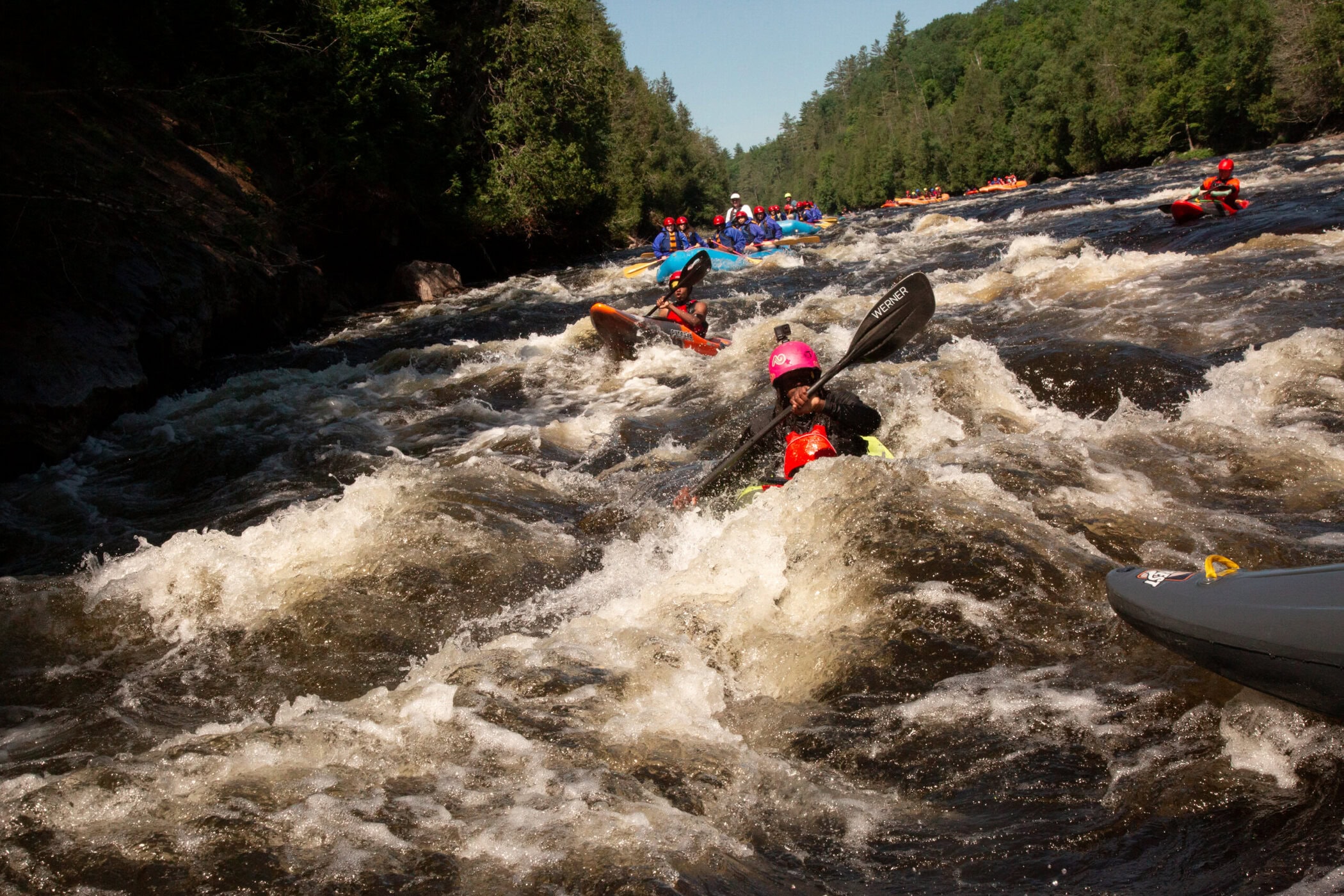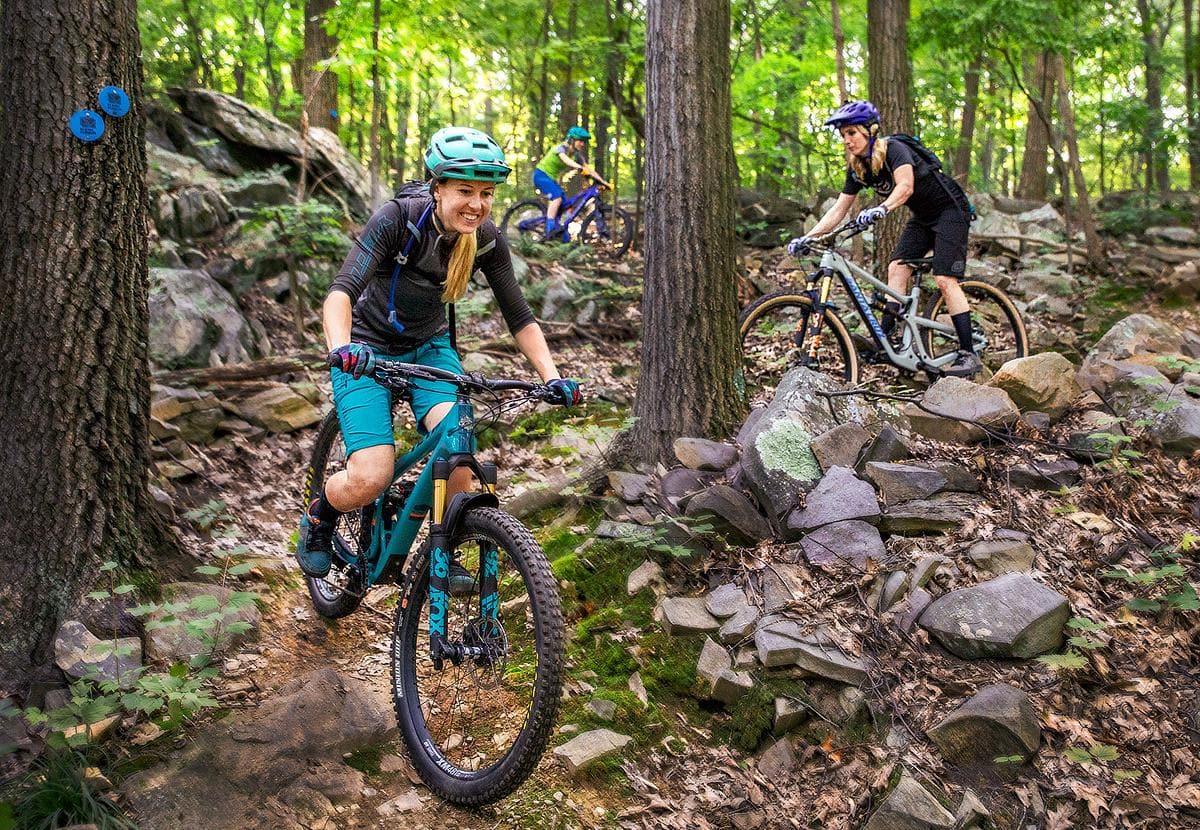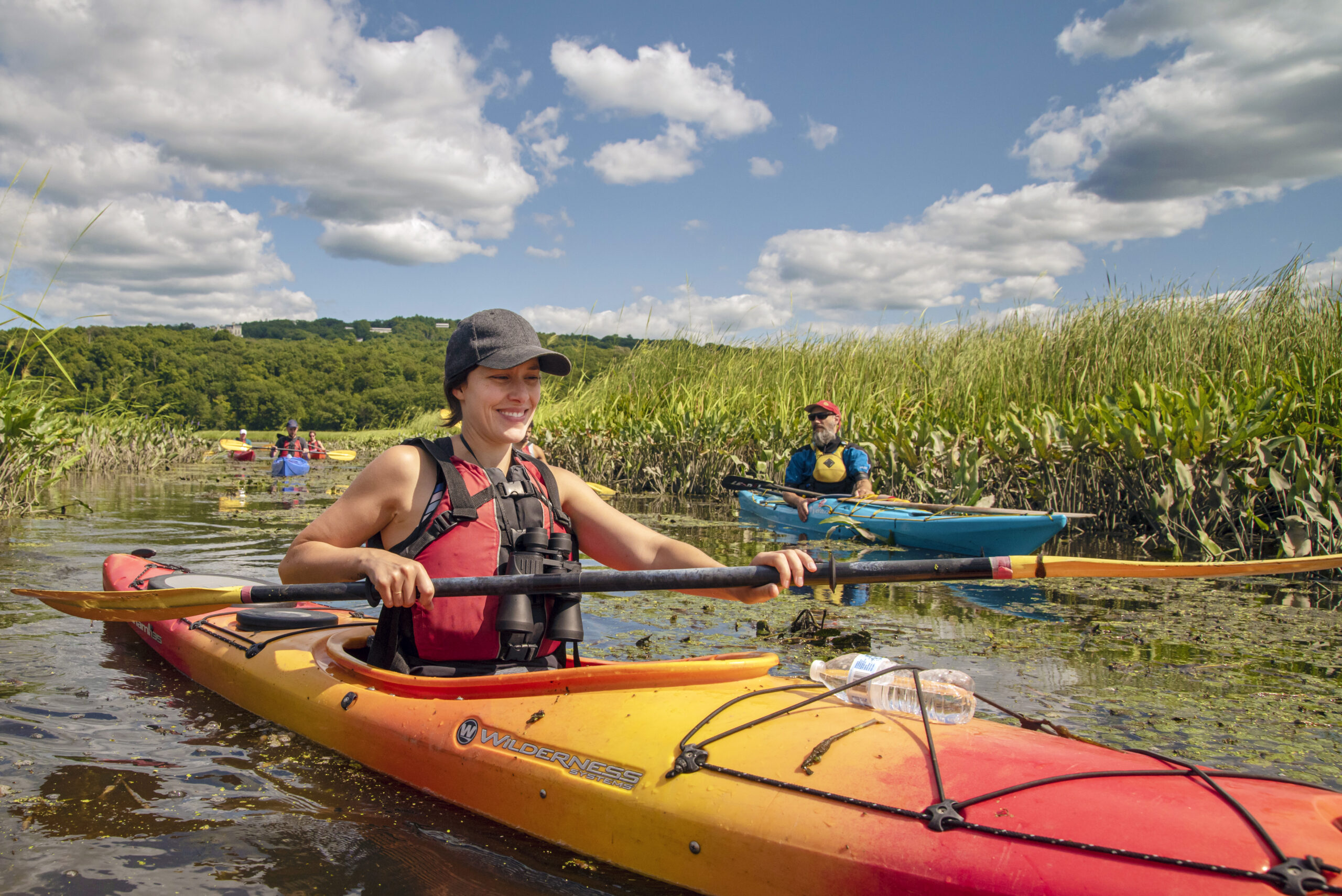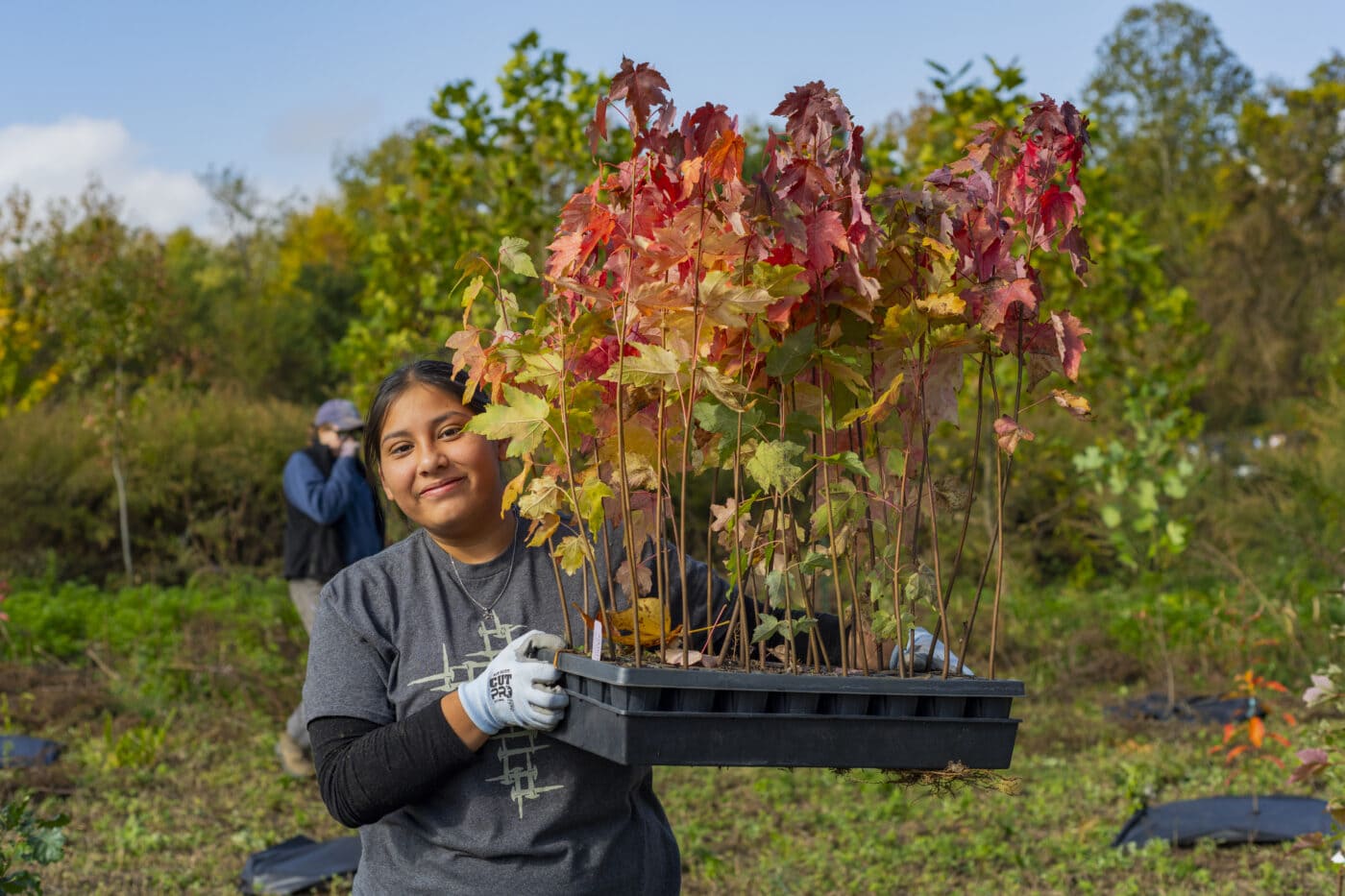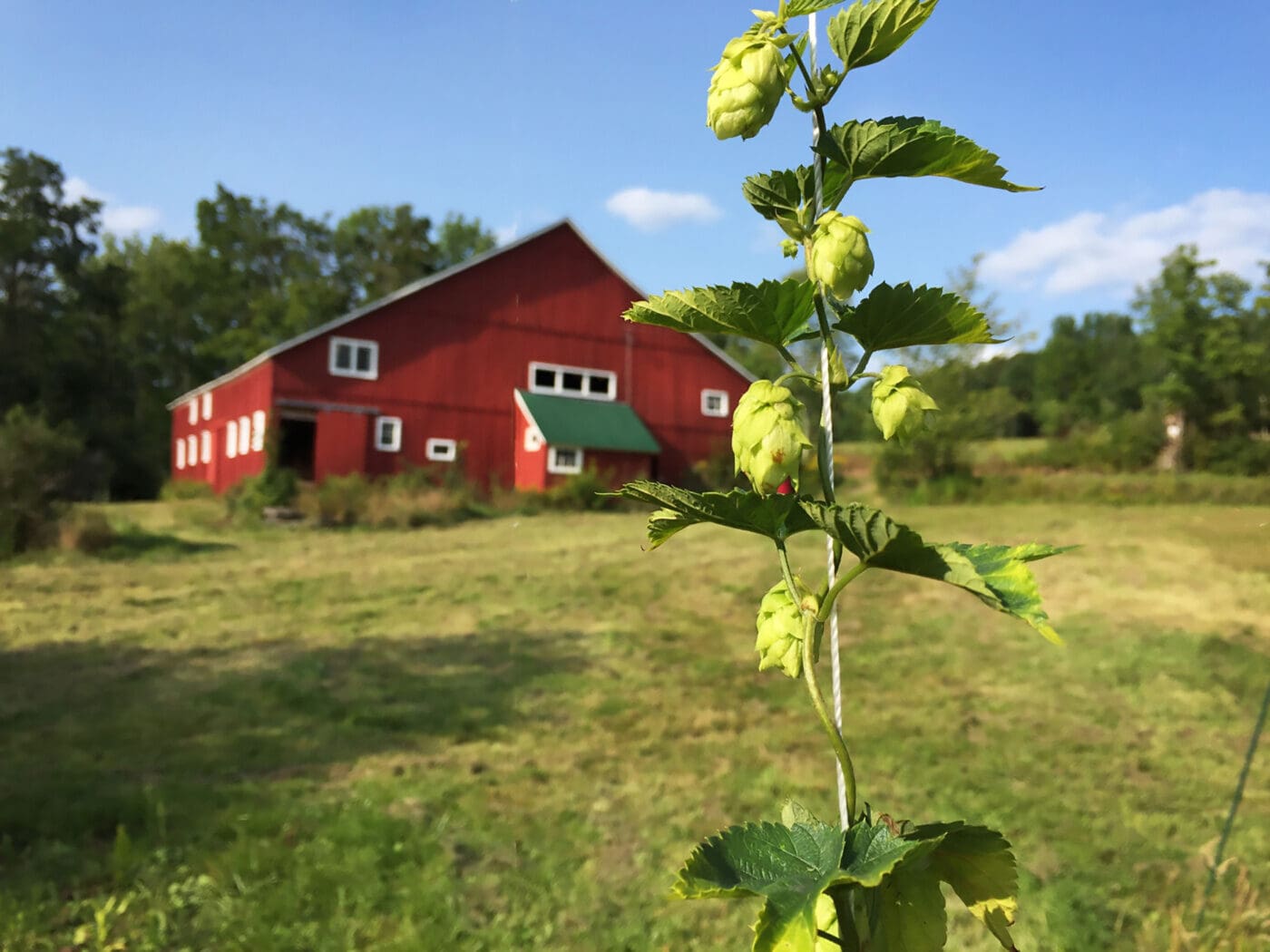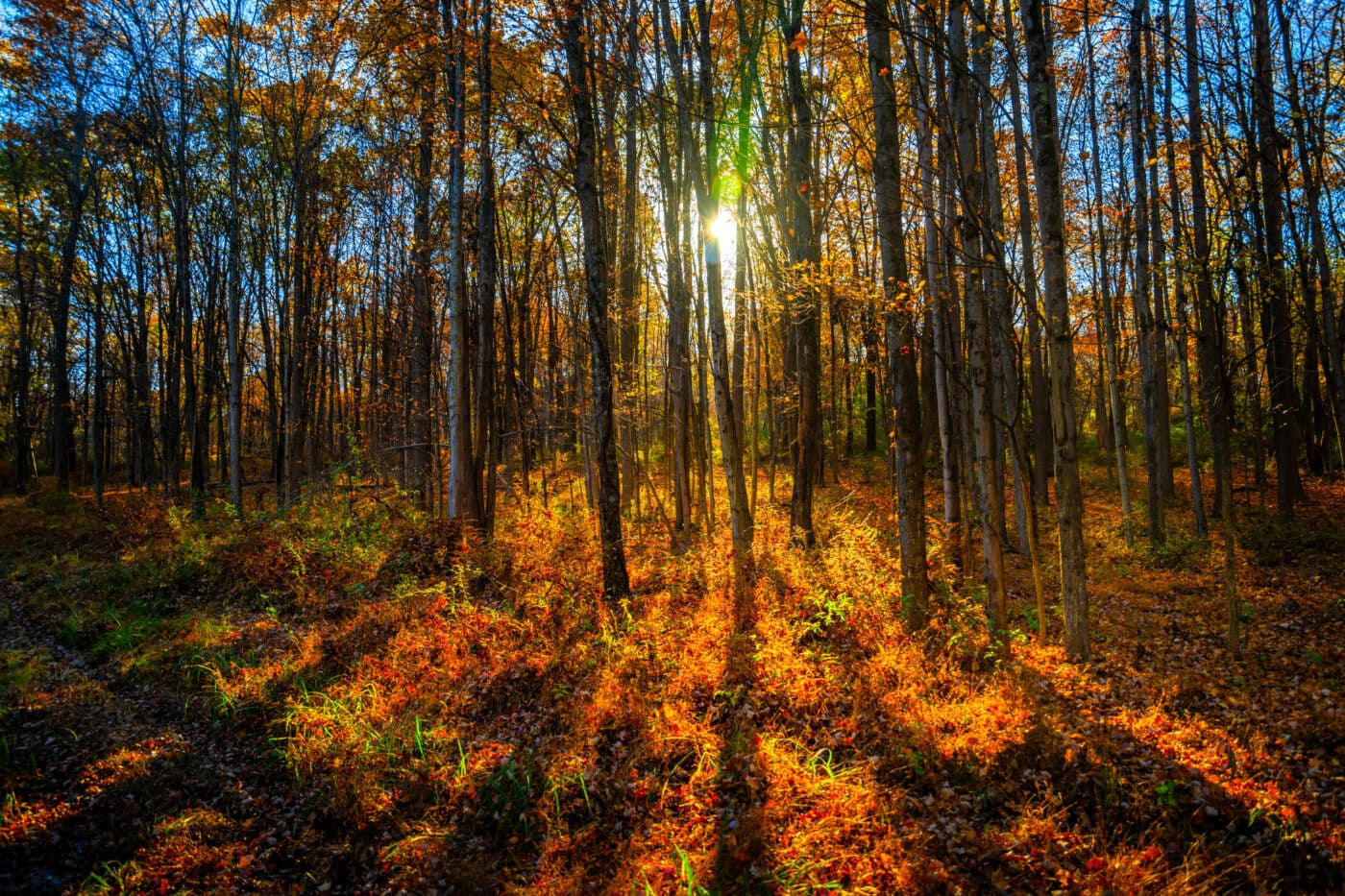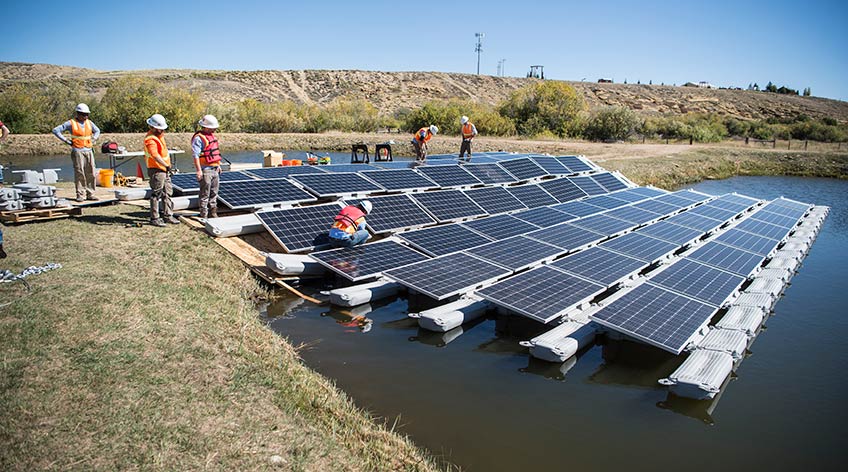“Hiking” can sound intimidating if you haven’t done much of it. As a word, it seems to imply that you need to bring things, need to know things. But don’t sweat it — hiking is really just a fancy word for walking or wheeling in nature. And the Hudson Valley abounds with trails that feel woodsy or scenic, but still doable for first-timers or people of different mobility levels.
Scott Trager takes people with mobility impairments hiking in all-terrain wheelchairs through his Ellenville nonprofit, SOAR Experiences. Before any trip, he scouts the hike to make sure it’s appropriate for the group. “Everyone should be able to benefit from our park system and hike,” Trager says.
Jean Mathurin has gone from newbie to new brand (his Instagram handle is @YouNeedToHikeMore) over the five years since he began hiking in 2020. He recommends learning to enjoy “the process” — the scenery, the peace and quiet, the physicality of the experience. “Hiking is therapeutic,” Mathurin says. “It helps me reset.”
To start, carrying a few essentials along on a hike really is smart. First among them: a decent supply of water and food (hydration is life-sustaining, of course, and snacks are often key to a happy hike). A map of the trail system, insect repellent, a hat or sunblock, and a first-aid kit are also good items to have.
For those who move on foot, good footwear — whether hiking boots or running shoes — is key. You might see people out in clogs or flip-flops, but they often regret it. Depending on the weather and season, layers of clothing are also wise. Even on a warm day, consider tossing a lightweight vest or zip-up into a small backpack — it can be cooler and breezier down by the water or at an overlook.
“Even on simpler hikes, we like to make sure folks are adequately prepared,” says Jorge Gomes, park manager at Minnewaska State Park Preserve. Knowing the rules where you’re out is also smart, he said. Are off-leash dogs allowed? Can you listen to amplified music on the trail? These are things to get clear on before setting out.

Learning about the trail is also smart — don’t embark on a hike if you don’t know what to expect. Stopping at a visitor center or kiosk, or speaking with a trail steward, is always a good idea to review the route.
Scenic Hudson parks and preserves offer some good Hudson Valley hikes for beginners and people at different mobility levels:
Mawignack Preserve: This woodsy tract of land in Greene County has a one-mile loop trail that takes visitors through forests and meadows to a section of Catskill Creek painted by Hudson River School artist Thomas Cole.
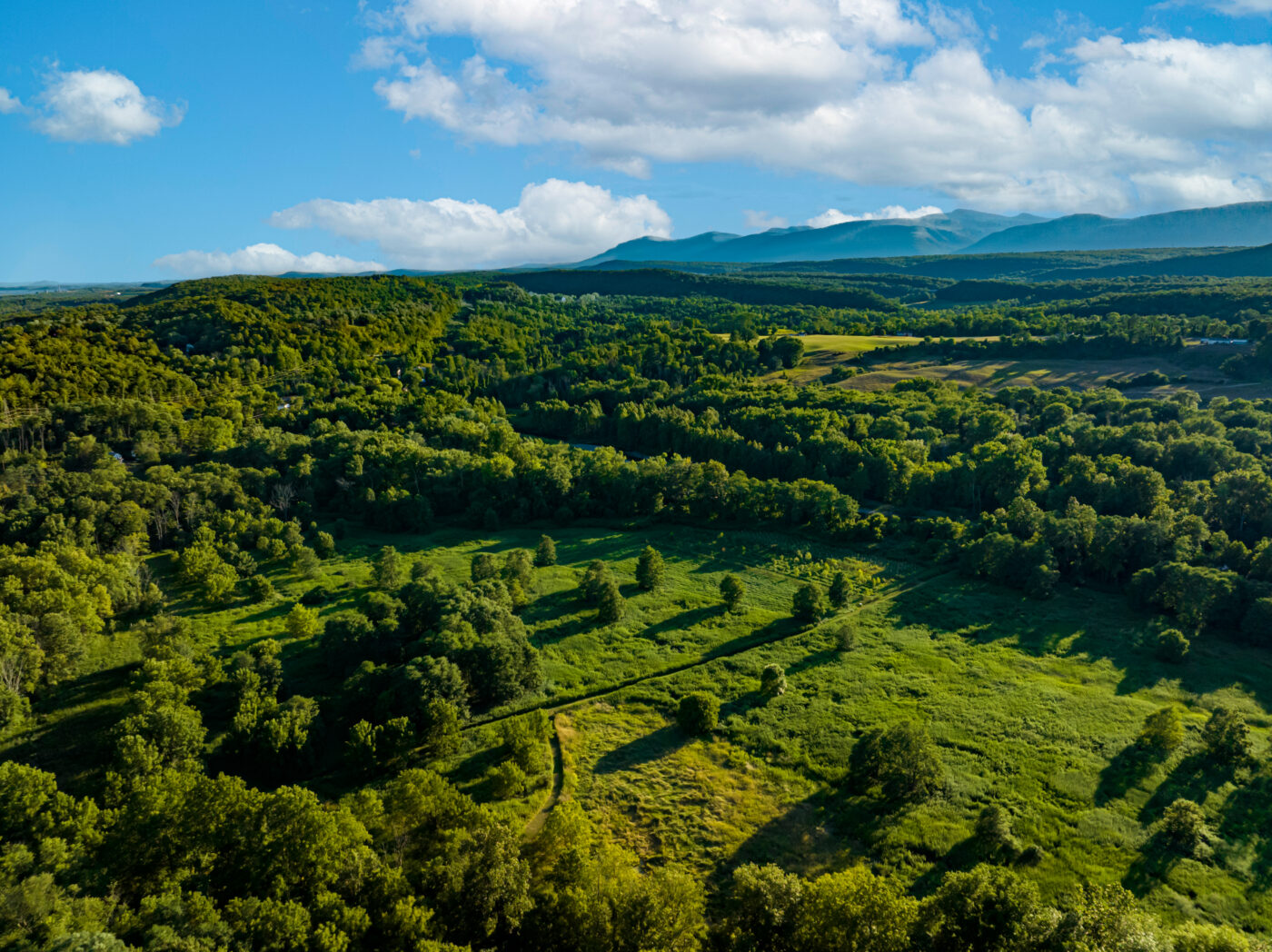
Four-Mile Point Preserve: This nature preserve, also in Greene County, features an observation platform with a view of Vosburgh Swamp, a view of the Hudson River from a bluff-top overlook, and a shoreline that’s perfect for picnics. A 200-foot boardwalk leads to the observation deck.
Falling Waters Preserve: Over in Ulster County, this preserve has plenty of wonders — meadows with views of the Catskills, waterfalls, and the remains of an old ice house. The 0.89-mile Red Trail has benches perfect for resting.
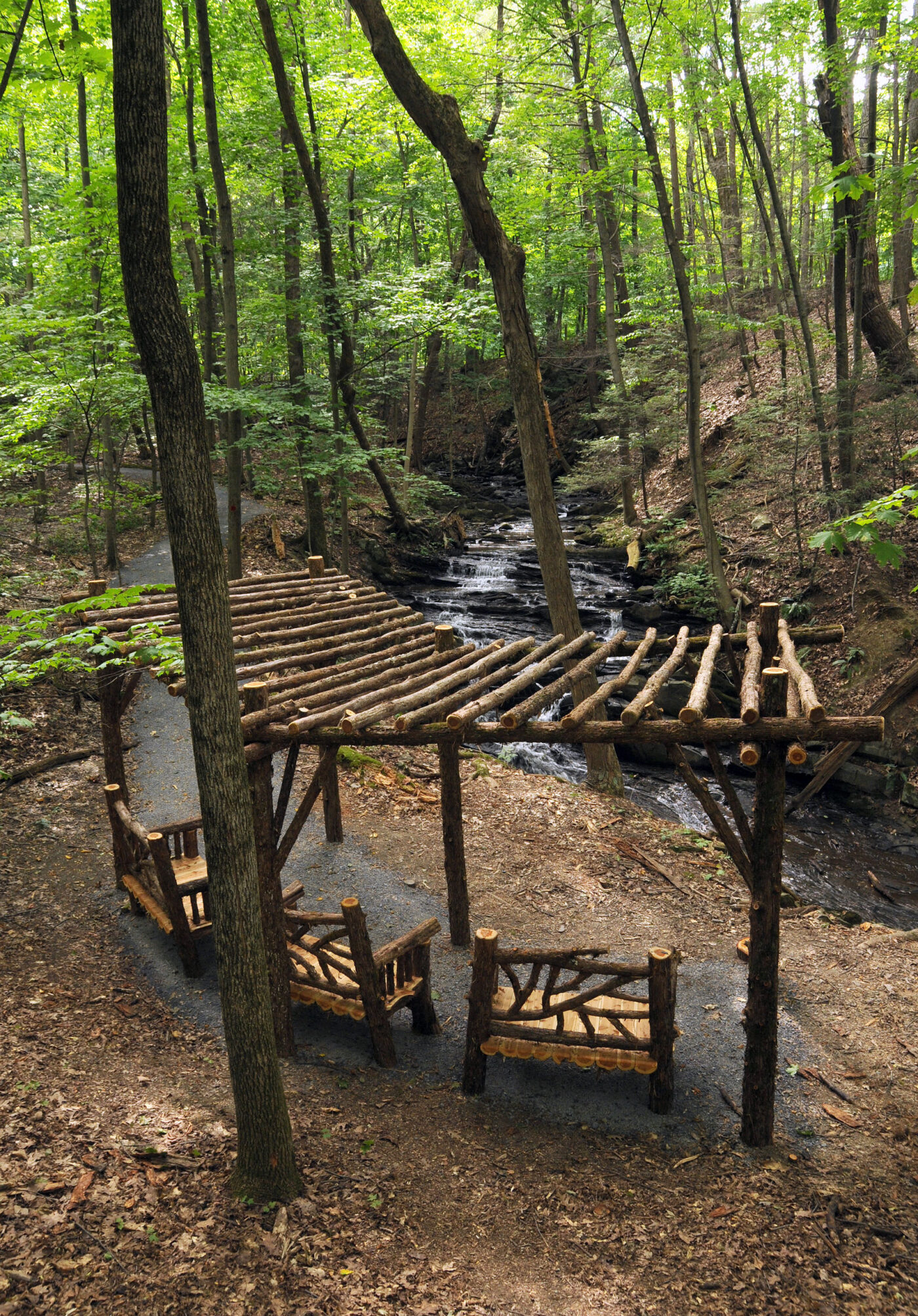
Black Creek Preserve: This 142-acre green space offers stunning views of the Hudson River and a new riverfront area with pavilion and gazebo. The paved 0.6-mile John Burroughs Black Creek Trail begins in the parking area with two accessible parking spaces.
Esopus Meadows Preserve: From 92 acres in Ulster County, take in river and lighthouse views on your way to the preserve’s Hudson River Greenway Water Trail, where you can picnic beneath its pavilion. During construction in early summer 2025, the pavilion and adjacent lawn area remain open with access and parking from nearby Lighthouse Park.
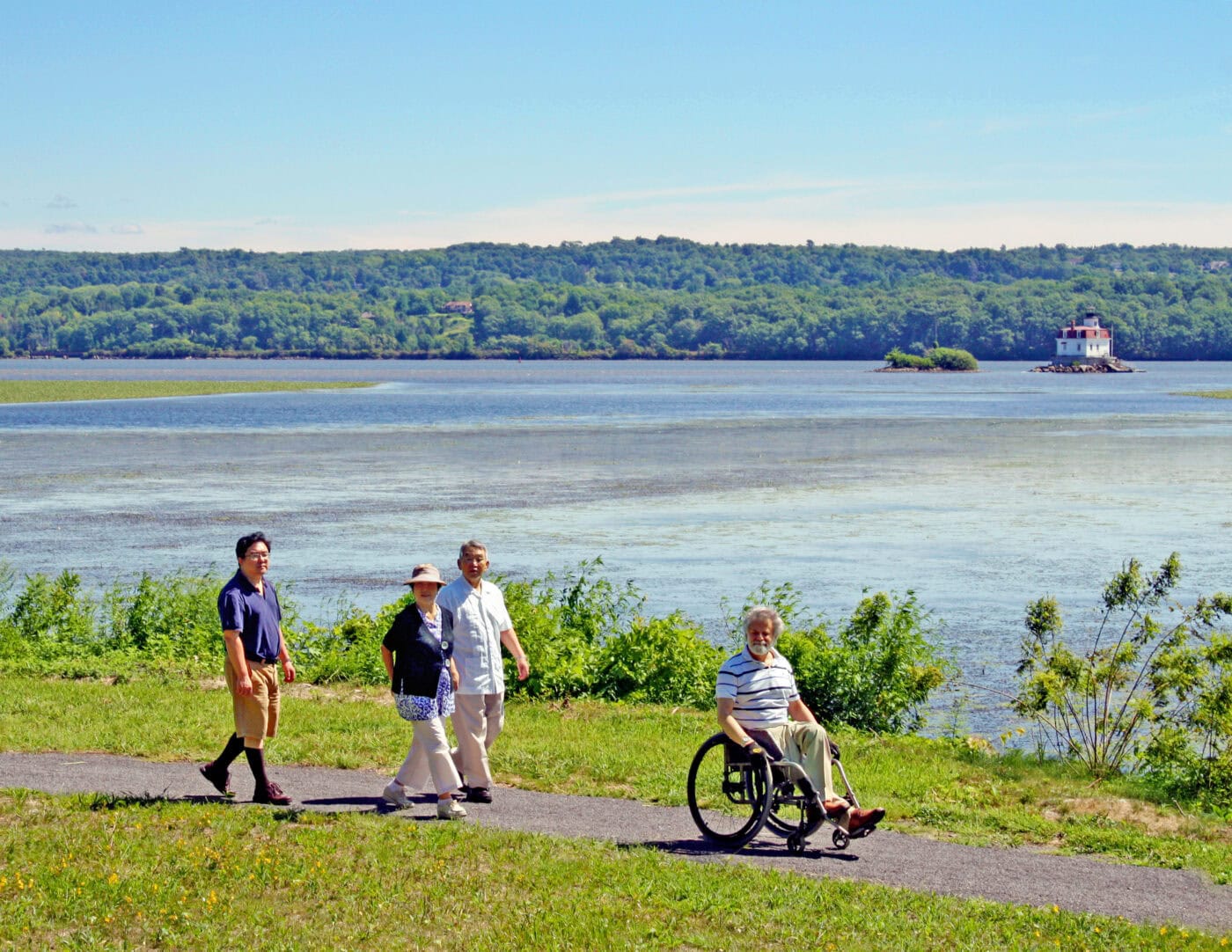
Long Dock Park: This popular Beacon kayaking spot offers several flat walking paths, plus the 1-mile stonedust Klara Sauer Trail that runs to Dennings Point State Park, a Hudson River peninsula.
West Point Foundry Preserve: This 90-acre National Historic Landmark in Cold Spring enables visitors to explore one of the most important historic industrial sites in America, where steam engines, mill equipment, and cannons used during the Civil War were manufactured. The ADA-compliant marsh path follows a former train line, taking visitors from the Metro-North station to a 36-foot re-created waterwheel.


